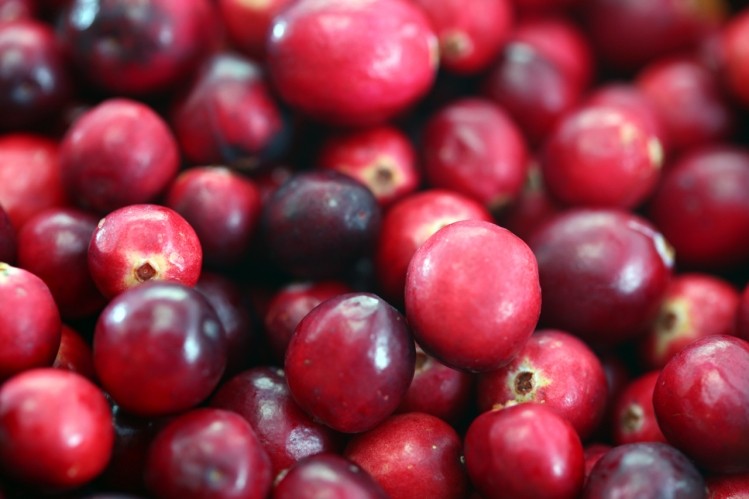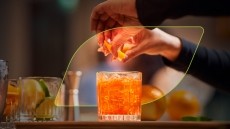Patent Watch
Mondelēz eyes patent for fat reducing chocolate technique using fruit juice

Company subsidiary Kraft Foods R&D filed the patent last year, but it was only been made public today.
Halves fat and prevents fat bloom
Under the technique, cocoa butter and milk fats in chocolate are partially substituted with tiny droplets of fruit juices, such as orange or cranberry, using Pickering emulsion.
University of Warwick professor Stefan Bon, inventor of the technique, published research on his method in the Journal of Materials Chemistry in 2012. That study was funded by Kraft/Cadbury-owned research firm Reading Scientific Services Limited (RSSL).
Bon previously told this site that the method could cut fat content by 50% and even help prevent chocolate fat bloom, the unattractive white specks on chocolate that occur when oil creates recrystallization of some cocoa butter triacylglycerols.
In the Mondelēz patent application it also says that that soft drinks including cola, ginger beer and lemonade could produce the same effect.
Stable system
The application claimed that the fruit juice or soft drink method had advantages over common techniques to reduce fat in chocolate such as water-in-fat emulsions, known as colloidal systems.
“[Colloidal systems] are prone to destabilization processes such as coalescence, Ostwald ripening, flocculation, creaming and sedimentation. This lack of stability can be disadvantageous during processing, especially if warm conditions are required.”
“The lack of stability also impacts on shelf life e.g. a chocolate prepared using a water-in-oil emulsion may suffer from "grits" over time (where sugar dissolves in the water providing an unpleasant sensation).”
The patent claimed that fruit juices provided a more stable colloidal system. Bon’s earlier scientific paper said that the final product would taste fruity - but the chocolatey taste could be maintained by using water and a small amount of ascorbic acid (vitamin C) instead of juice.
See patent application HERE.
Read our coverage of Bon’s study HERE.










